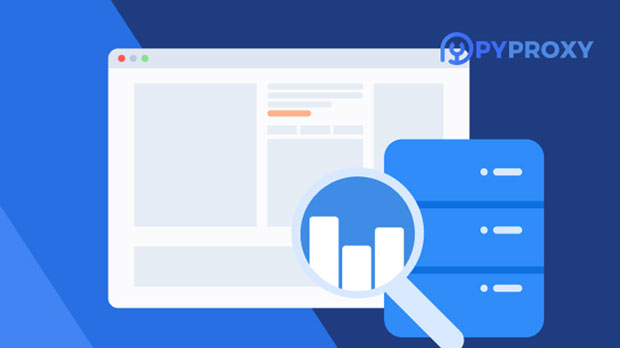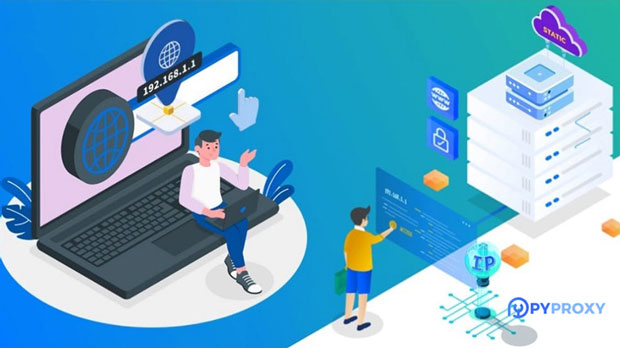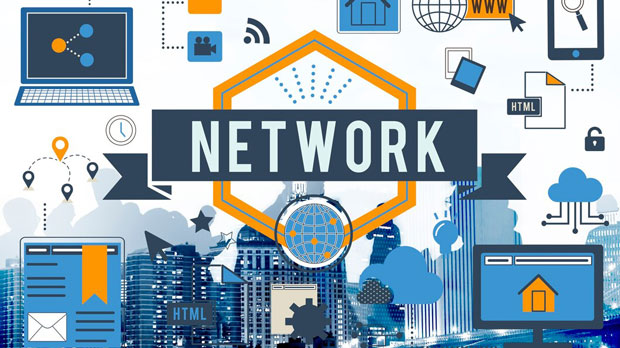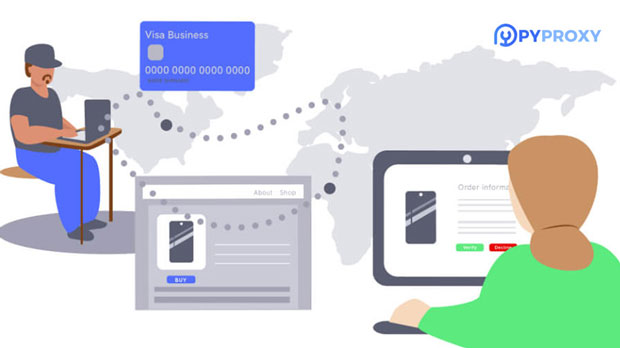Brand Protection Proxies and PyProxy Rotating Residential Agents: which offers better customer support?
When selecting rotating residential proxies for business or personal use, customer support is an essential factor that can make or break the experience. Both Brand Protection Proxies and PYPROXY offer rotating residential proxy services, each claiming to provide excellent service and customer assistance. However, the nature of their customer support systems, response times, expertise, and willingness to help customers varies. In this article, we will deep dive into comparing the customer support provided by both providers to determine which one truly offers superior service. By analyzing several key aspects, we aim to provide valuable insights for customers seeking reliable proxy services with great support. What is Rotating Residential Proxy Service? rotating residential proxies are proxies that allow users to browse the internet through real residential IP addresses. These proxies rotate periodically to ensure anonymity, security, and bypass geo-restrictions effectively. Rotating residential proxies are used for various purposes such as web scraping, ad verification, market research, and accessing restricted content. Since rotating residential proxies use real residential IPs from actual users, they tend to be harder to detect and block by websites, offering a high level of privacy and flexibility.The Importance of Customer Support in Proxy ServicesThe customer support system is a crucial element when choosing a proxy service provider. Proxies are often utilized in complex and high-stakes environments, such as data collection, competitive analysis, or circumventing website restrictions. Issues with connectivity, IP bans, or technical difficulties can arise unexpectedly, and in such cases, responsive and knowledgeable support can significantly impact the efficiency of the operation.In addition, customer support should offer more than just assistance with technical issues. Good customer support should help with the following:- Onboarding and helping customers understand how to set up proxies effectively- Troubleshooting network issues, performance drops, and IP blocking- Offering flexible solutions based on individual needs- Providing round-the-clock assistance through multiple channels (email, chat, phone)Understanding how Brand Protection Proxies and PyProxy compare in these areas is essential for customers who want to ensure they can rely on their chosen provider when issues arise.Brand Protection Proxies: Customer Support OverviewBrand Protection Proxies positions itself as a leading provider of rotating residential proxies, emphasizing its commitment to quality service and support. Their customer service has received a good deal of attention, particularly for its 24/7 availability and high-touch approach. Here’s a closer look at the key features of their customer support:1. Response Time and AccessibilityBrand Protection Proxies provides 24/7 support, ensuring customers have access to assistance at any time of day or night. The response time is generally fast, and clients can expect to hear back from the support team within a few hours. This is particularly beneficial for customers in different time zones who need quick solutions to pressing issues.2. Knowledge and ExpertiseThe support team at Brand Protection Proxies is equipped with the necessary expertise to handle complex technical issues. They can assist with issues such as proxy setup, performance optimization, handling bans, and troubleshooting technical errors. This makes it easier for both novice and experienced users to navigate any potential roadblocks they may encounter.3. Communication ChannelsBrand Protection Proxies offers multiple communication channels for customer support, including live chat, email, and phone support. This variety gives customers flexibility, depending on their preferred method of contact. Live chat support is particularly popular for its immediacy, while email offers a more detailed, less time-sensitive option.4. Customer Support DocumentationIn addition to live support, Brand Protection Proxies also provides a comprehensive knowledge base, including tutorials, FAQs, and troubleshooting guides. This helps customers resolve common issues independently, without having to wait for a response from the support team.5. Proactive Customer CareBrand Protection Proxies also engages in proactive customer care by checking in with clients to ensure their needs are being met. They actively gather feedback on their services and make continuous improvements based on this information. This approach helps establish trust and reinforces the provider’s commitment to customer satisfaction.PyProxy: Customer Support OverviewPyProxy offers another popular choice for rotating residential proxies, and while they also emphasize providing quality customer support, there are notable differences in their approach compared to Brand Protection Proxies. Let’s analyze how PyProxy stacks up in terms of customer service:1. Response Time and AccessibilityPyProxy also offers 24/7 customer support, with a reputation for quick response times, though it can occasionally take longer compared to Brand Protection Proxies. On average, users can expect a response within a few hours, but some customers have reported delays during peak times. This can be a downside for those who require immediate assistance.2. Knowledge and ExpertisePyProxy’s customer support team is well-versed in common proxy-related issues, but some users report that the team may not always provide as detailed or customized solutions as Brand Protection Proxies. While the support team can solve basic problems, they may not always dive as deeply into more complex troubleshooting or offer advanced optimization advice.3. Communication ChannelsPyProxy offers several channels for support, including live chat and email. However, PyProxy’s phone support options are somewhat limited, which may be inconvenient for users who prefer direct verbal communication. The live chat is often the fastest way to reach them, but depending on the issue, the email support may take longer to provide a thorough resolution.4. Customer Support DocumentationSimilar to Brand Protection Proxies, PyProxy offers a knowledge base with troubleshooting guides, FAQs, and proxy setup instructions. While the documentation is generally helpful, some users have found it lacking in certain advanced topics, which can cause frustration if they need more specialized help.5. Proactive Customer CarePyProxy has been praised for its friendly customer support staff, but there have been fewer reports of proactive engagement compared to Brand Protection Proxies. While the team responds well to issues, they do not actively reach out to clients for feedback or to offer improvements, which might hinder the long-term user experience for some customers.Comparing Customer Support: Brand Protection Proxies vs PyProxyNow that we have analyzed both providers, we can compare the strengths and weaknesses of each in terms of customer support.Response Time and AvailabilityBoth providers offer 24/7 support, but Brand Protection Proxies tends to have quicker response times. PyProxy, while reliable, has been reported to have slightly longer response times, especially during peak hours.Expertise and Problem SolvingBrand Protection Proxies stands out for its in-depth expertise and ability to handle complex issues effectively. PyProxy’s team, while knowledgeable, may not always go as deep into problem-solving, especially for more advanced technical needs.Communication ChannelsBoth providers offer live chat and email support, but Brand Protection Proxies takes the edge with phone support, giving customers a more direct way to communicate.Proactive EngagementBrand Protection Proxies excels in proactively checking in with customers and seeking feedback to improve services, a feature that PyProxy lacks to some extent.Conclusion: Which Provider Offers Better Customer Support?Based on our analysis, Brand Protection Proxies provides better customer support overall. Their response time, expertise, range of communication channels, and proactive customer care make them a more reliable choice for customers who require quick and comprehensive assistance. While PyProxy also offers good support, its response times and depth of expertise may not match the higher standards set by Brand Protection Proxies.For businesses and individuals who need reliable, fast, and knowledgeable customer support, Brand Protection Proxies is likely the better option. However, for users who don’t mind slightly slower response times or simpler solutions, PyProxy still offers a solid service. Ultimately, the choice depends on your specific needs and the level of support you value most.
2025-02-24

























































